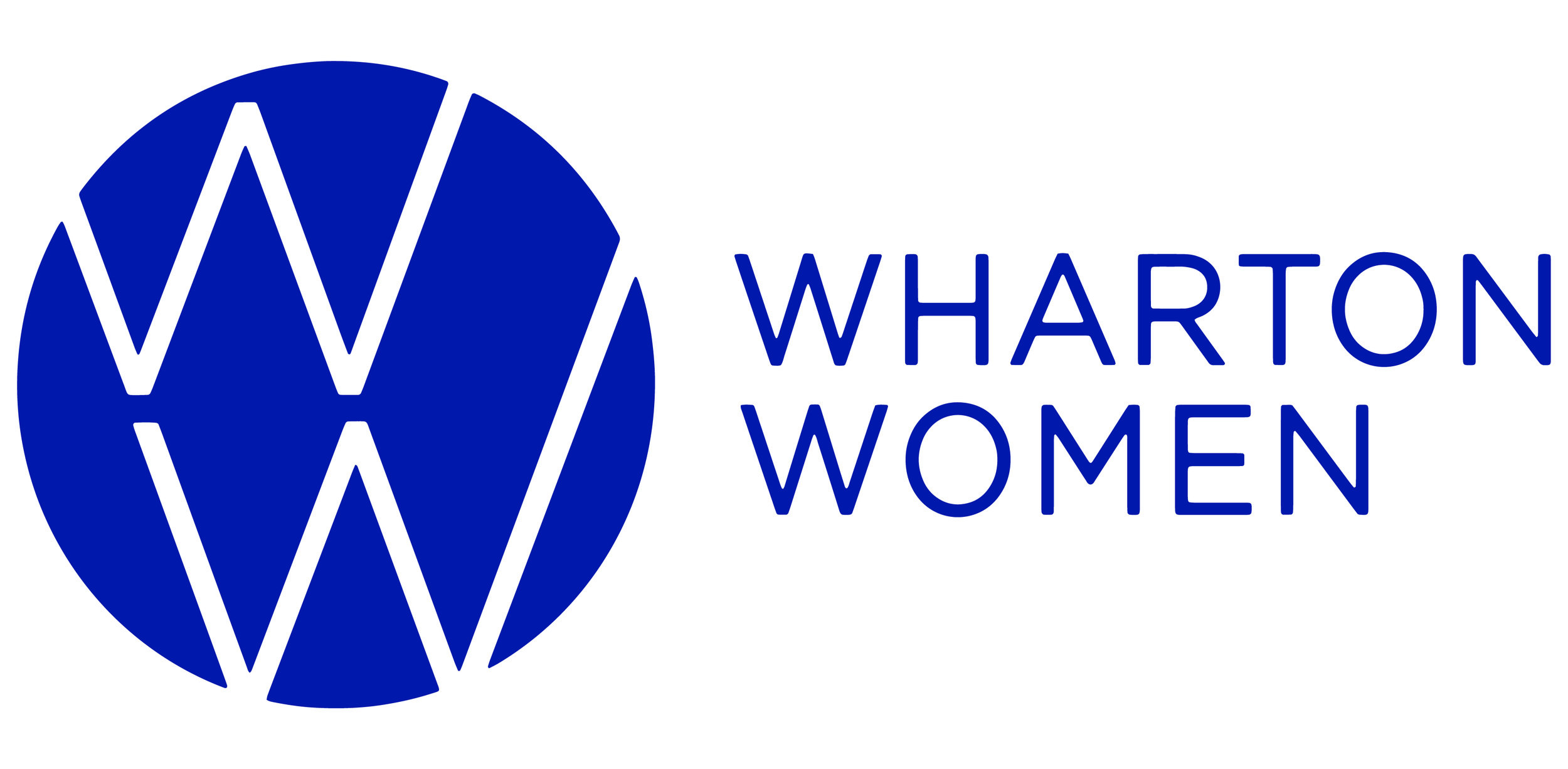Topic Spotlight: What is Microfinance?
Written By: Amasha Jayaratne, W’ 24 C’24
Originally spearheaded by Dr. Mohammad Yunus in 1983, Microfinance is an umbrella term used to describe the provision of financial services to low-income borrowers who are unable to access funding from traditional institutions. Microfinance can take a variety of forms, including small loans, money transfers, insurance policies, and savings accounts. Each of these options alleviates the difficulties that can be associated with typical lending practices. For example, “Microloans” differ from traditional loans in that they do not require collateral, consistent income, or credit history. “Microsavings” accounts do not require a minimum balance. For low-income borrowers or entrepreneurs looking to start a small business, microfinance opens a world of opportunity, by providing a starting point for financial independence and growth without the constraints of traditional financial services.
Dr. Yunus with Grameen Bank Loan Holders. Source: Grameen Bank Audio Visual Unit, 2006
Dr. Yunus was originally driven to create microfinance after seeing the difficulties of female entrepreneurs running a bamboo stool business in Bangladesh. Yunus offered small loans to these women, who were subsequently able to repay the loan and bolster the success of their business. He later won the Nobel Peace Prize in 2006 for establishing the Grameen Bank, a financial institution that runs on the principles of microfinance and provides microloans to aspiring entrepreneurs in the developing world.
Today, these microloans and other microfinance tools continue to help aspiring entrepreneurs and individuals around the world create businesses and achieve their financial goals. Female founders around the world have been especially empowered by microfinance, as women made up 80% of microloan borrowers in 2018 according to the 2019 Microfinance Barometer. For women in the developing world, microfinance provides hope of ending the cycle of poverty. Microfinance options are also more popular in rural areas, bridging the urban rural divide and allowing people without physical access to financial services to receive the support that they need.
However, microfinance has also garnered backlash in recent years, as many critics feel the practice takes advantage of desperate borrowers. Because microloans do not require collateral, for example, loans can come with extremely high interest rates in order to protect lenders from the high likelihood of default. In some countries, microfinance institutions are allowed to operate unregulated, which has led to disparate targeting of vulnerable borrowers. Many of these borrowers sign on to loans without knowing or understanding the implications of a late payment. These borrowers can face exorbitant monetary, and even criminal, penalties if they are unable to repay the loan. Additionally, microfinance is sometimes used to procure emergency funding to cover basic necessities such as housing or medication, as opposed to starting a business. This pattern of borrowing can quickly lead to debt, as borrowers are not augmenting their income or creating new financial stability using the money.
With the proper regulation and financial education to understand the implications of borrowing, microfinance is a powerful tool for social impact and economic improvement in global society. Although it is typically discussed in an international development context, microfinance has domestic implications in the United States as well, as microfinance lenders and “impact investors” provide similar funding to community entrepreneurs. Since its inception, microfinance has grown greatly in popularity, with wealthy business leaders and philanthropists, such as eBay founder Pierre Omidyar, and commercial banks, such as Deutsche Bank and Citi, committing to funding microfinance operations. Overall, microfinance is an emerging field that is redefining the “rules” of financial services and empowering entrepreneurs around the world to pursue their business ventures.

